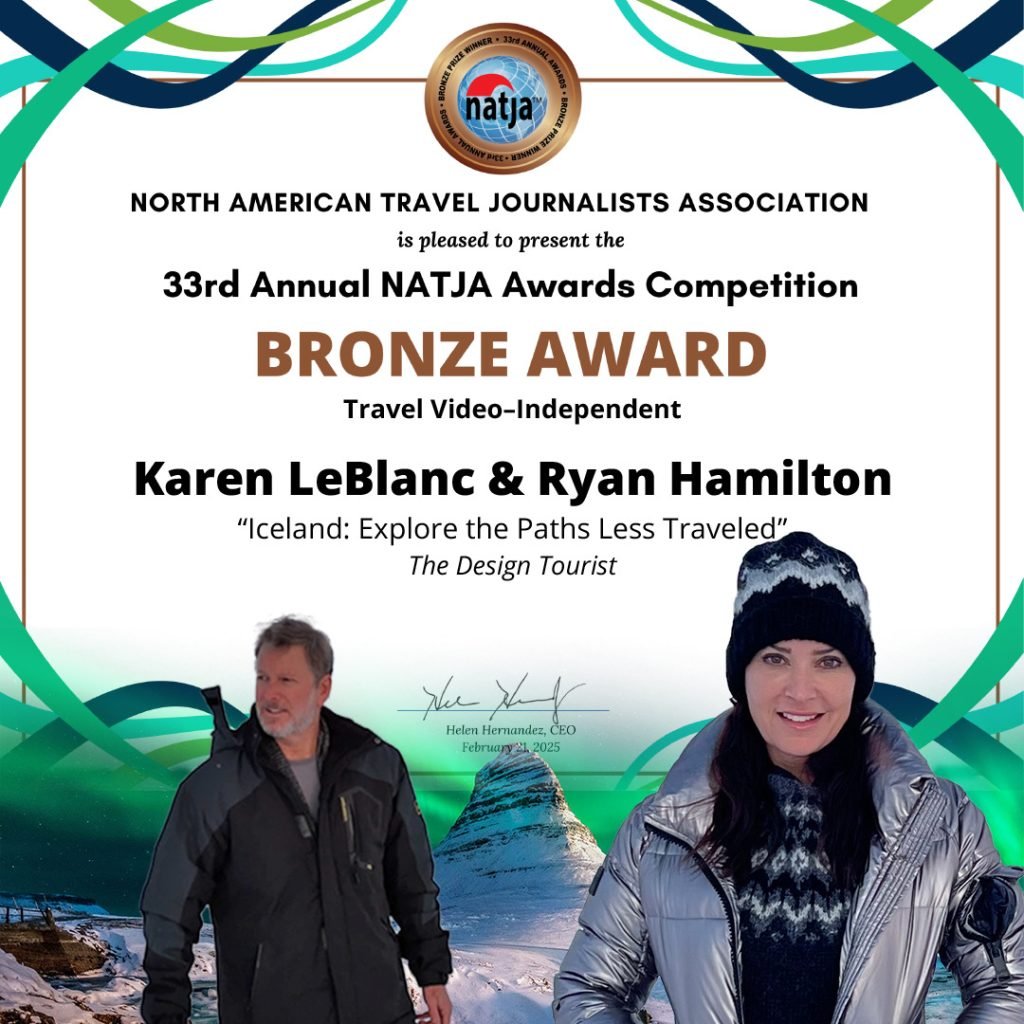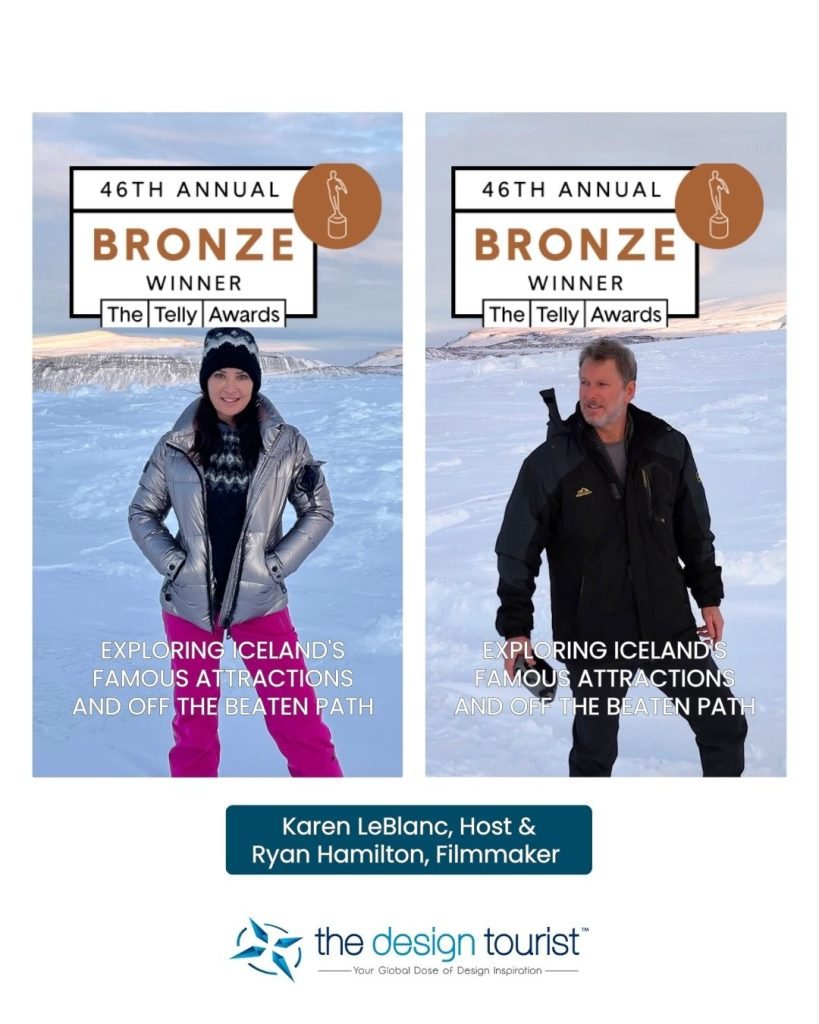Outdoor exhibitions can be exciting and draw plenty of interest, but unpredictable weather can turn plans upside down at any moment. If you want your event to succeed, you must be prepared for anything the weather might bring. Choosing a sturdy structure like a giant inflatable dome or a custom-shaped inflatable arch can add an extra layer of security and keep your display safe from sudden changes, rain, or strong winds.
You also need to manage risk by having backup plans in place and considering how your event setup could handle unexpected conditions. Smart planning helps limit worries and lets you focus on creating an enjoyable experience for your guests. When you put thought into how your exhibition handles unpredictable weather, you boost your chances for a safe and comfortable event.
Key Takeaways
- Prepare your event layout for changing weather.
- Use strong covering options to protect displays.
- Set up backup plans for safer and smoother exhibitions.
Weatherproofing Your Outdoor Exhibition
When you plan for outdoor events, you need to think ahead about different weather conditions. Good planning lets your exhibition continue smoothly and keeps everyone comfortable even if the forecast changes.
Choosing the Right Venue and Layout
Pick a venue that offers both open space and shelter. Look for grounds with some natural or built shade, like trees, covered walkways, or pavilions. A flat, well-drained area helps prevent muddy walkways and pooling water if it rains.
Arrange your event layout for easy access and clear movement. Keep emergency exits clear and paths wide. Compact layouts may work better when the weather turns windy or wet. Use signage that is waterproof or laminated so information stays visible during rain.
Creating separation between displays, food areas, and rest spots gives guests safe shelter options. Flexible layouts mean you can shift activities if the weather changes suddenly.
Utilizing Tents, Shelters, and Portable Heaters
Portable shelters such as pop-up tents offer quick protection from rain, sun, or wind. Choose high-quality tents that stay stable in strong wind and use secure anchoring methods like weights or stakes.
For larger spaces or unique displays, consider using a giant inflatable dome. Inflatable shelters are fast to set up and can cover large crowds or valuable equipment.
Portable heaters keep guests warm during cold snaps or in the evening. Place heaters away from tent walls and ensure good airflow. Test all electrical equipment ahead of time to avoid power problems. Backup generators can save the day if you need extra electricity for lights or heaters.
Ensuring Guest Comfort and Safety
Guest experience can drop fast in bad weather. Lay down non-slip mats or rubber flooring to prevent slips. Include designated dry seating areas for rest. Add covered waiting areas and extra umbrellas at entry spots to keep people dry as they come and go.
Add clear signage throughout your outdoor exhibition to guide guests to shelter, restrooms, or first-aid. Stay prepared with a basic emergency kit and trained staff ready to help during extreme weather. Water stations and shaded areas help fight heat and sun exposure.
Keep walkways free of cords and clutter to reduce tripping accidents, especially if wet conditions are expected.
Weather Monitoring and Contingency Planning
Regular weather checks are key before and during your event. Use weather apps and radar for up-to-the-minute forecasts. Assign a team member to watch for updates, so you can alert guests fast if the weather changes.
Create a backup plan for all activities. Set simple rules for pausing or moving parts of the event. Share these plans with all staff so everyone knows their role.
Set up a communication system, such as text alerts, PA announcements, or pre-written signs. This keeps everyone, including vendors and guests, informed about any changes or safety instructions.
Secure all structures and displays every time the forecast looks uncertain. Have extra tarps and fasteners on hand to cover fragile items in a hurry.
Risk Management and Sustainable Planning
Outdoor exhibitions face sudden weather shifts, safety concerns, and environmental impacts. Smart event planning calls for clear risk strategies and eco-friendly choices that protect both people and the planet.
Incorporating Weather Insurance and Backup Solutions
Weather insurance gives you a safety net if severe weather disrupts your event. For example, if you have rain or wind that forces you to cancel, insurance can help you recover lost costs. Make sure to review the policy details and check if it covers your specific needs, like thunderstorms or high winds, not just generic weather risks.
Plan backup solutions by setting up tents, temporary shelters, or moving activities indoors if it starts raining. Keep extra supplies like tarps, ponchos, and towels for quick responses to sudden storms. Use simple emergency kits for both staff and guests.
List your possible risks, such as flooding or heatwaves, before the event. Then, create clear action steps for each risk. Communicate these plans with your team so everyone knows what to do, where to go, and when to act. Practicing these backup plans before the exhibition can help make your response smoother and more confident if the weather turns.
Communicating with Attendees and Vendors
Good communication keeps everyone prepared and confident. Tell attendees and vendors about expected weather, emergency procedures, and any location changes through email, text messages, or social media. Use simple language so nobody gets confused.
You can set up a real-time alert system with texts or an event app. This lets you send updates quickly if a storm is coming, if the schedule changes, or if there are new safety instructions. Placing clear signage around the venue will help guests find shelter or first aid.
Meeting with vendors before the event gives you a chance to go over setup plans and what to do if weather is bad. Ask vendors if they have their own risks or backup plans. This way, everyone at the exhibition has the same information and can react fast, reducing stress and confusion.
Sustainable Practices for Outdoor Exhibitions
Making your exhibition eco-friendly does more than protect nature. Choose digital tickets to reduce paper waste. Use reusable materials and ask vendors to avoid single-use plastics. Place recycling and compost bins at clear spots so guests sort their trash.
Save energy by using solar-powered lights or energy-efficient equipment. Encourage public transportation, shuttle services, or bike parking to cut down on car traffic. Nature-friendly event planning also means checking if your setup harms local plants or animals, then adjusting your layout if needed.
Ask guests and vendors to bring reusable water bottles or containers. You can even set up water refill stations instead of selling bottled drinks. These small steps help you lower your event’s environmental impact while still hosting a safe and memorable exhibition.
Conclusion
You have learned key ways to manage outdoor exhibitions in unpredictable weather. Good planning helps your event stay safe, comfortable, and successful for everyone.
Check weather updates often and prepare backup plans. Use appropriate gear and take steps to secure both people and equipment.
Keep your team and attendees informed at all stages. Flexible thinking means you can handle surprises and keep the event moving.


































